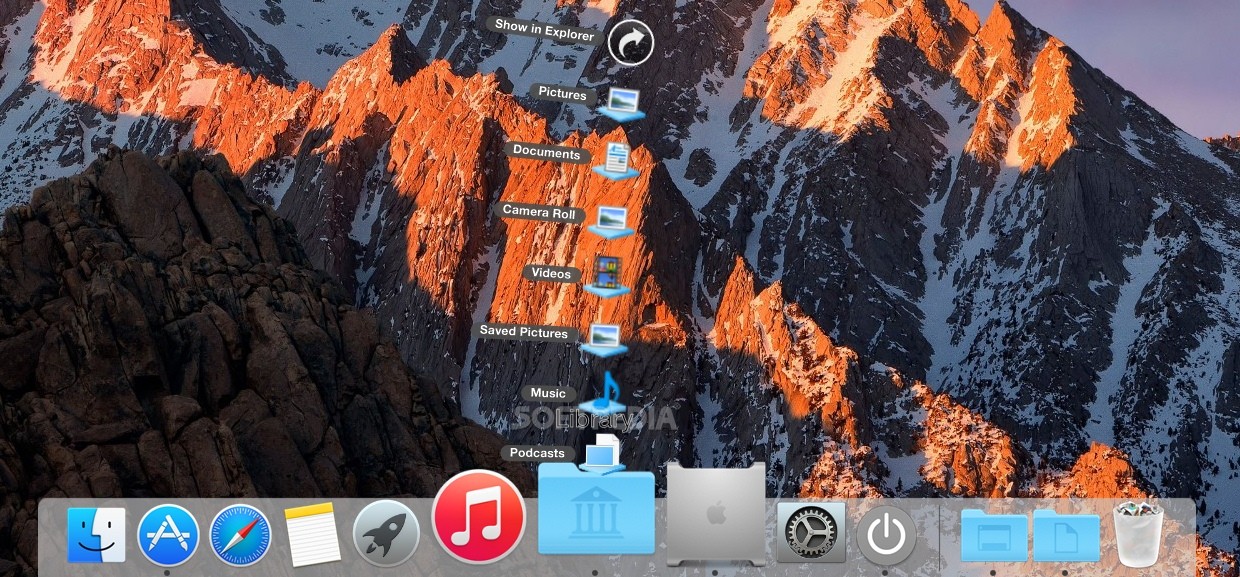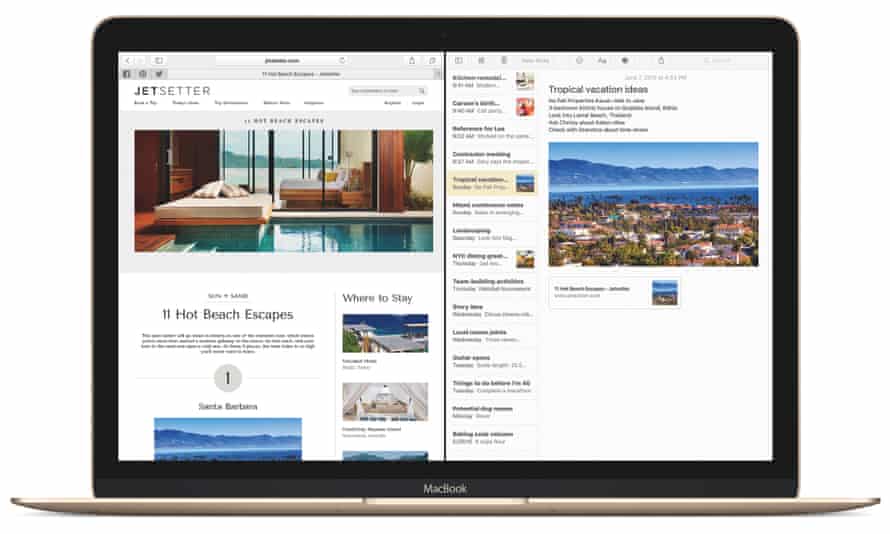Oct 01, 2015 Go to the Applications folder. Open the program called “Install OS X El Capitan”. Follow the on-screen instructions. If this program is missing or will not run, then move it to the trash and empty the trash, followed by re-downloading it from the App Store. An alternative approach is to create a dedicated installation drive from the El. Was trying to instal el capitan on my macbook, the installation starts and after a few minutes stops and a messaging saying the os x could'nt be install on the computer, please contact the software editor to get help.

On this page:
- Reinstall El Capitan on a computer alreadyrunning it
Upgrade from previous versions to OS X 10.11 (El Capitan)
El Capitan Cannot Be Installed On This Computer Without
- From the Apple menu, select App Store....
- When the App Store opens, search for and download El Capitan. If you don't already have an Apple ID, you'll need to create one. You can monitor the download process in the 'Purchased' section of the App Store.
- Once the download is complete, the installer should automatically open.
If it doesn't, or you don't want to complete the installation at this time, you can come back later and double-click Install OS X El Capitan in your
Applicationsfolder.Within the installer, click Continue, agree to the license agreement, and then choose the disk where you want to install El Capitan.
After you begin the installation, your computer may need to restart more than once before finishing, and then you may be asked to enter basic information.
- From the Apple menu, select App Store..., and then install any available updates.
Reinstall El Capitan on a computer already running it
Reinstall while keeping files, applications, and settings
- Restart your computer, and immediately hold down
command-runtil the gray Apple logo appears. - If prompted, select your main language and then click the arrow.
- Click Reinstall OS X, and then Continue. Follow the instructions on the screen, and then choose your hard disk. Click Install, and enter your Apple ID information if prompted.
- When the installation is complete, select App Store... from the Apple menu, and install any available updates.
Reinstall while erasing everything on your computer
Restart your computer, and immediately hold down
command-runtil the gray Apple logo appears.- If you see a screen asking you to select your main language, choose it, and then click the arrow.
- Click Disk Utility, and then Continue.
- In Disk Utility:
- Click your hard disk in the left column, and then click the Erase tab.
- Next to 'Format:', make sure OS X Extended (Journaled) is selected. In the 'Name:' field, give your disk a name. Click Erase.
- Once it's completed, quit Disk Utility.
- Click Reinstall OS X, and then Continue:
- Follow the instructions on the screen, and then choose your hard disk.
- Click Install. If prompted, enter your Apple ID information.
- Once the installation is complete, you'll be asked to enter basic information, and have the option to transfer data from another computer or backup.
- From the Apple menu, select App Store, and then install any available updates.
Having a trouble with the Mac OS X El Capitan installation? Got this error message screen “OS X could not be installed on your computer – file system verify or repair failed” while installing El Capitan? Don’t worry. Today we are going to share how to fix this error message. We have two methods to fix this problems. The first method we are going to try is to scan your Mac hard drive using the Disk Utility, and if it doesn’t work we are going to re-install Mac OS X El Capitan through the Recovery Mode. Let’s get it started!
First Method – Disk Utility
Reinstall Os X El Capitan
Step 01. Power off your Macbook or iMac completely.
Step 02. Turn on your Mac pressing and holding the Command + R Keys at the same time.

Step 03. Release the keys when you the Apple Logo appears.
Step 04. Please select Disk Utility and click on Continue.


Step 05. Select your hard drive and click on First Aid.
Step 06. It will ask you to perform checking the hard drive (Would you like to run First Aid on “Your Hard Drive”). Please select Run.
Step 07. Wait until the processing is done and when the processing is finished, restart your Mac. (If this method didn’t work for you, we recommend you to re-install Mac OS X using the second method below.)

Second Method – Re-install Mac OS X
Step 01. Power off your Macbook or iMac completely.
Step 02. Turn on your Mac pressing and holding the Command + R Keys at the same time to boot into the Recovery Mode.
Step 03. Please select Reinstall OS X and click on Continues.
Step 04. Now it will download and install the Mac OS X on your Mac computer. It will take some time to finish the installation process. Hope you successfully install El Capitan on your Macbook or iMac.